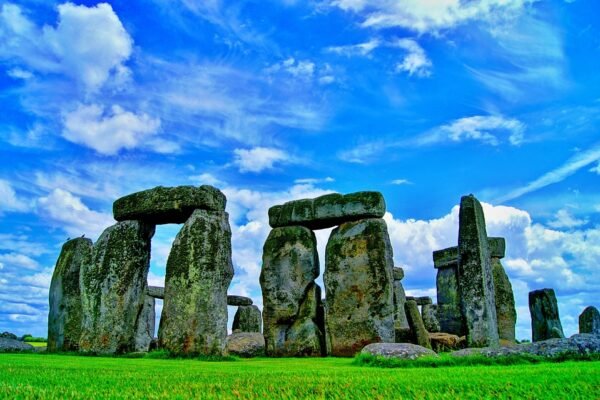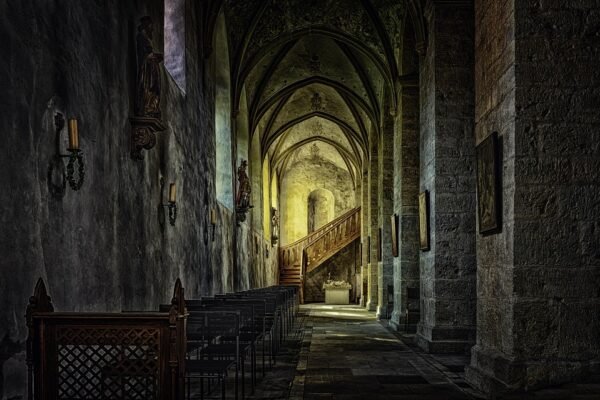

Barabar Caves: India’s Oldest Rock-Cut Marvels
The Barabar Caves in Bihar, India, are a remarkable testament to the country’s rich historical and architectural heritage. Carved into the rugged granite hills, these ancient structures represent some of the oldest surviving examples of rock-cut architecture in India. Known for their polished interiors and precise craftsmanship, the Barabar Caves continue to intrigue historians, archaeologists, and travelers alike. Beyond their architectural beauty, these caves offer insights into the religious and cultural practices of ancient India, particularly the enigmatic Ajivika sect.
Stepping into the Barabar Caves feels like a journey back in time, with each carving and inscription telling stories of devotion, creativity, and resilience. These caves are not just monuments but living legacies of human creativity and spirituality. Whether referred to as the Barabara Caves, Barbara Caves, or Marabar Caves, their significance in Indian history remains unparalleled.
Location and Geography
Situated in the Jehanabad district of Bihar, the Barabar Caves are nestled within the Barabar Hills, about 40 kilometers from Gaya. The stark granite terrain of the hills contrasts beautifully with the lush greenery surrounding them, creating a picturesque setting that enhances their mystique. Accessible from Gaya and Patna, these caves are a popular destination for history enthusiasts exploring the spiritual and historical treasures of Bihar.
Historical Background
Dating back to the Mauryan dynasty in the 3rd century BCE, the Barabar Caves were commissioned during the reign of Emperor Ashoka and later expanded by his grandson, Dasaratha. Emperor Ashoka’s inscriptions in some of the caves reflect his dedication to promoting religious tolerance and spiritual growth. The caves’ association with the Ajivika sect, an ancient ascetic order, further highlights their historical significance.
Architecture and Design
The polished interiors of the Barabar Caves showcase a level of craftsmanship that remains awe-inspiring. Influencing later Indian rock-cut architecture, these caves feature meticulous design and unique acoustics that enhance their spiritual ambiance. The caves’ influence on subsequent rock-cut temples and monasteries across India is evident in their innovative design and engineering.
Individual Caves
Each cave within the Barabar Caves complex has its own unique features and significance. The Lomas Rishi Cave, with its facade resembling a wooden hut, is known for its intricate carvings and historical value. The Sudama Cave, dedicated to the Ajivika sect, stands out for its symmetrical structure and dome-shaped ceiling. The Karan Chaupar Cave and Visvakarma Cave also showcase impressive craftsmanship and historical inscriptions.
Religious and Cultural Significance
While primarily associated with the Ajivika sect, the Barabar Caves also influenced Buddhist and Jain traditions, symbolizing a convergence of spiritual practices. The inscriptions found within the caves detail donations and dedications, highlighting the generosity of the Mauryan rulers and the religious harmony they sought to promote.
Inscriptions and Epigraphy
The inscriptions left by Ashoka and Dasaratha are among the most significant historical artifacts in the Barabar Caves. Written in Brahmi script, these inscriptions provide insights into the caves’ construction, purpose, and the rulers’ devotion to the Ajivika sect. Efforts by the Archaeological Survey of India aim to preserve and protect these ancient inscriptions and structures from natural weathering and human activity.
Visiting Information
Accessible via road from Gaya and Patna, the Barabar Caves are a must-visit destination for those interested in exploring India’s cultural and architectural heritage. The best time to visit is between October and March, during the cooler months when the weather is pleasant. Nearby attractions such as Bodh Gaya and the Mahabodhi Temple offer additional historical and cultural experiences for visitors.
Conclusion
The Barabar Caves offer a glimpse into India’s rich cultural and spiritual heritage, from their association with Emperor Ashoka to their architectural innovations and religious significance. As you explore these ancient caves, you’ll not only witness history but also feel a profound connection to the traditions that shaped the Indian subcontinent. With their enduring allure and historical significance, the Barabar Caves are a must-visit destination for anyone interested in exploring the roots of Indian culture and architecture.







